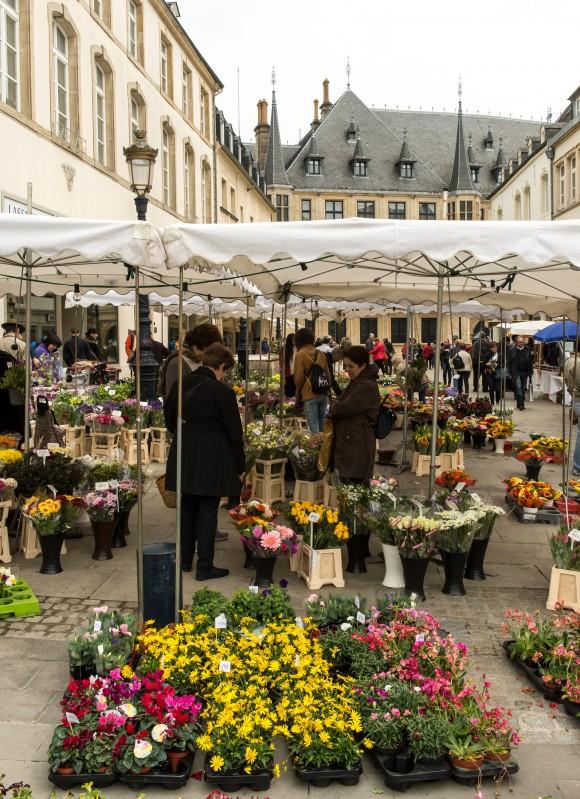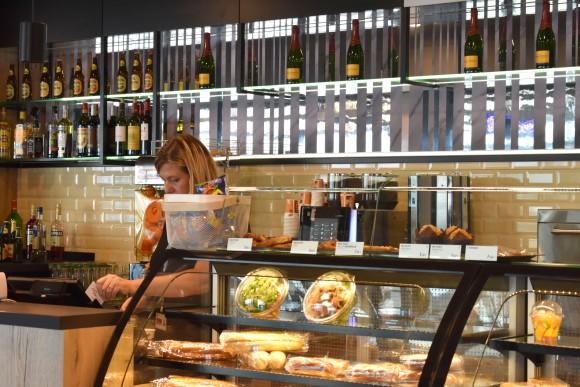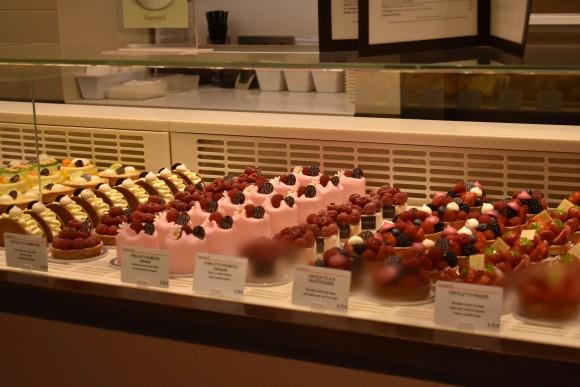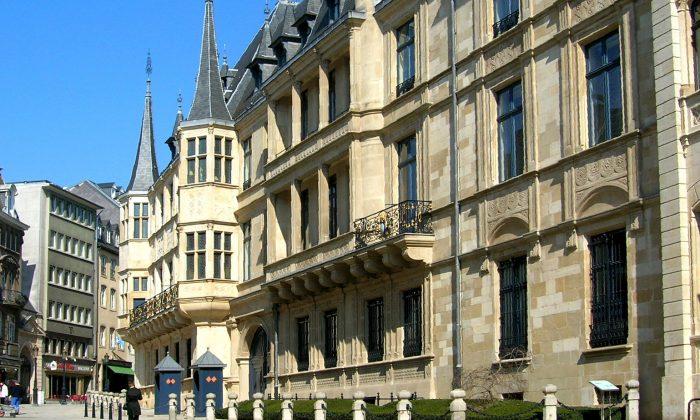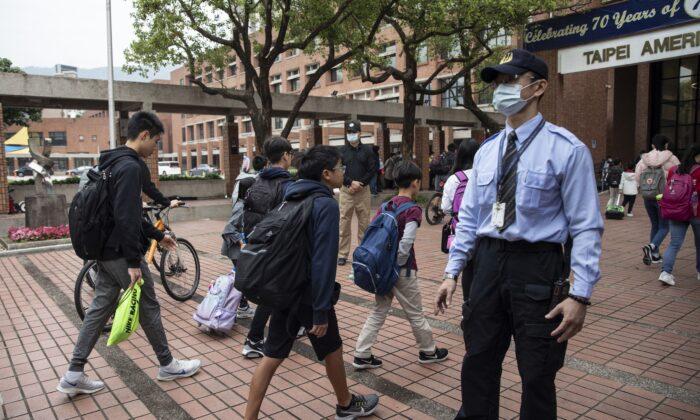As I head for my hotel across Place d'Armes—a traffic-free zone that’s more like a large outdoor patio than the traditional hub of a city—sounds of laughter, tinkling glasses, and snippets of conversation in French, German, Luxembourgish, and English emanate from cafe tables that line its four sides.
I am in Luxembourg City, a little global village with a multicultural and multilingual population, the capital of the Grand Duchy of Luxembourg.
It’s Friday night, and the crowd of locals and visitors are in a relaxed, convivial mood.
As I discover over the next three days, this compact, picturesque country, often overshadowed by its neighbors France, Germany, and Belgium, deserves a visit as a first-time European destination—even by frequent European travelers. Like crémant, a sparkling wine produced abundantly here, Luxembourg exudes a classy elegance and joie de vivre that belies its reputation as a staid business center—created by its many banks and financial institutions and its role as the host of several European Union institutions.
The next morning, as the mellow summer sun floods the city in a champagne-colored light, tour guide Elke Begas assures me that I was right about Place d'Armes. She said locals refer to it as the “plëss” or living room. Indeed, being at the confluence of Latin and Germanic cultures, Luxembourgers live life with Mediterranean flair and Germanic efficiency.
For its size—85 kms (52.8 miles) from north to south—the country packs a big punch and offers a range of historical monuments set in surroundings of stunning natural beauty, gastronomic delights, cultural events, and outdoor adventures such as hiking, biking, golf, and river cruises.
Place d'Armes, which was my base for the next three days, could not have been more central. It’s right in the thick of the action and a great starting point from which to explore the city. Lined with sidewalk cafes and restaurants, it is a pleasant outdoor space for lunch, dinner, or a coffee break while enjoying the street performers and free concerts that entertain the crowd from time to time.
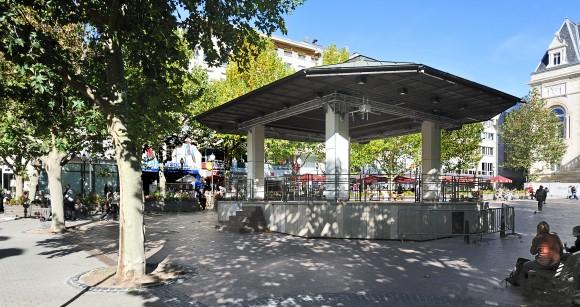
Exploring Old Town
Elke and I start with a tour of the weekly Saturday market and Place Guillaume II.Walking down a narrow street, we come upon stalls displaying an abundance of fresh organic produce—summer vegetables and fruits, cheeses, meats including some delectable-looking sausages and pates, fish, and spices—that keep me in pleasant anticipation of the gourmet meals to follow. Elke explains, although agriculture accounts for only one percent of Luxembourg’s economy, the farm-to-table culinary culture is very much alive and well in the local cuisine.
Continuing along the street named after its centerpiece, the Notre Dame Cathedral, we pause for a while to visit this Gothic edifice with its slender black spires built in the early 1600s. The cathedral is home to the country’s most venerated religious icon, the statue of the Madonna and Child, known as Our Lady Comforter of the Afflicted. Inside the crypt, ornate tombs hold the mortal remains of members of Luxembourg’s Grand Ducal family.
Elke explains that every year in April, the cathedral becomes the focal point of a major religious event called the Oktav, dedicated to the Virgin Mary, a testament to the city’s strong Catholic tradition.
Over two weeks, pilgrims from all over the country, as well as Germany, Belgium, and France, converge on Luxembourg City. Dating back to 1666, the tradition began when the provincial council of the time—aiming to protect people from the deadly plague that swept through Europe—chose Mary as the country’s patron saint.
“No miracle happened, but the people still maintain this tradition,” said Elke. At the end of the two weeks, the statue of the Virgin is carried through the streets in a final solemn procession, with members of the Grand Duke’s family in attendance.
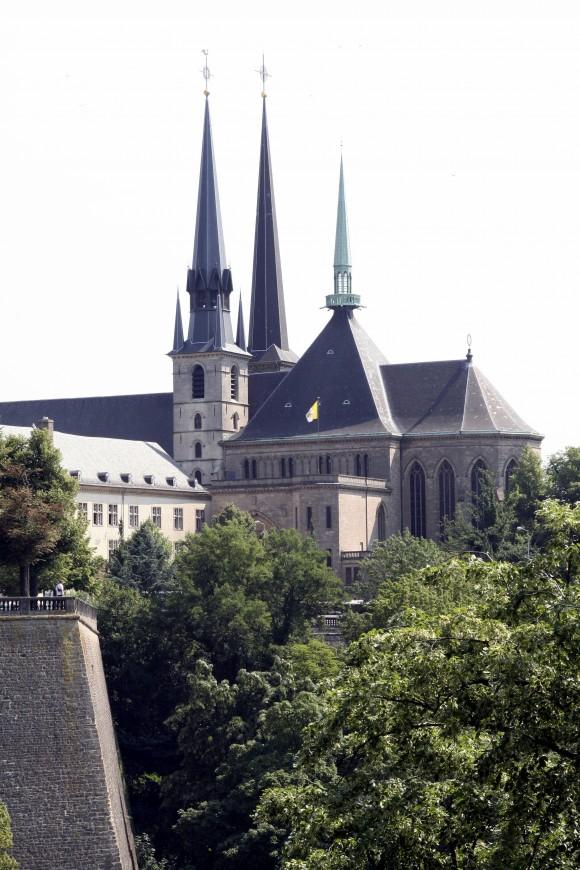
Specialty Food
Leaving the cobblestone streets and alleyways of the Old Town, which are featured in UNESCO’s world heritage list, Elke and I browse some specialty food shops, two being the Léa Linster Delicatessen owned by Luxembourg’s celebrity chef Léa Linster and renowned for its madeleines and pate Riesling, and the Patisserie Namur owned by six generations of the Namur family, well known for its delectable pastries.Finally, we stop for lunch at the Cafesino, an elegant restaurant attached to the Casino-Forum d'art Contemporain that houses exhibitions of modern art. We indulge in the all-you-can-eat buffet of meat and fish dishes, pastas, salads, and desserts made with the freshest ingredients.
Cool and trendy, traditional and charming—these are my impressions after exploring this city.
Next time I go to Europe, I will start with Luxembourg. As Diane Lane says in the 2016 Eleanor Coppola movie, “Paris can wait.”
